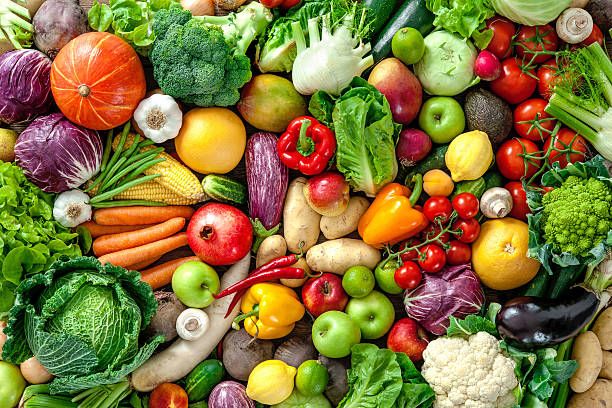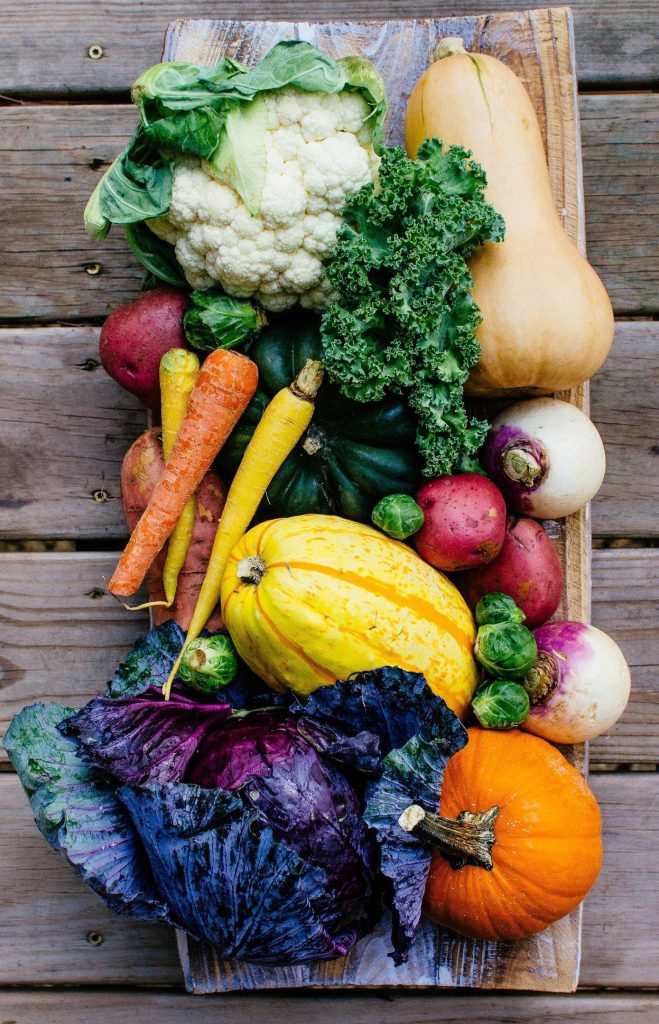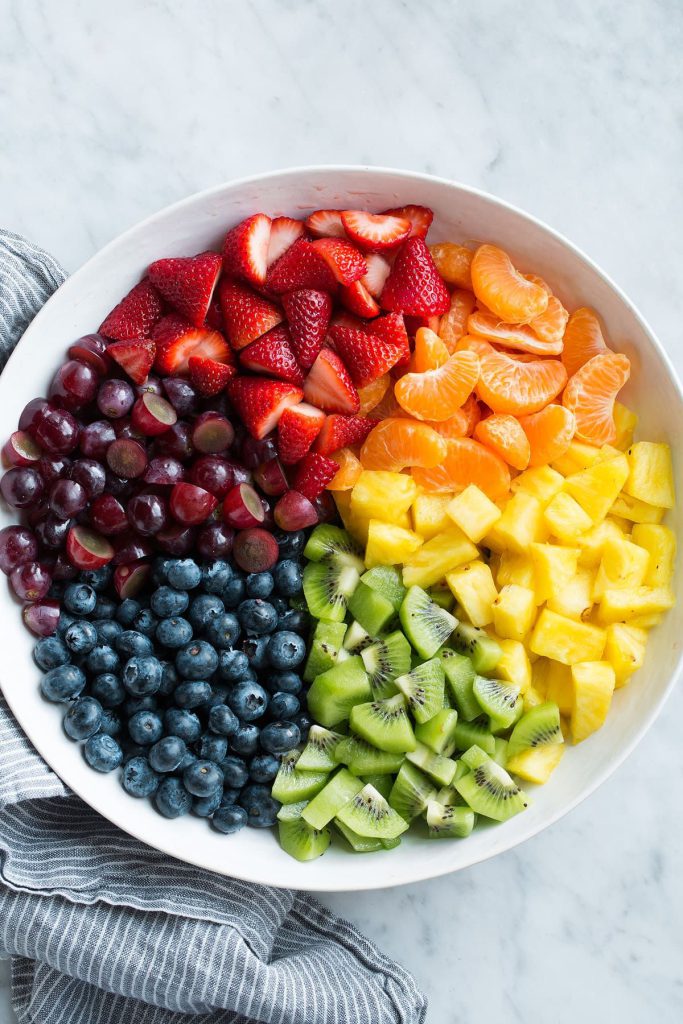
Having a prime and healthy body every day is everyone’s dream. There are many ways to keep the body healthy and fit. Exercise, meditation, pay attention to diet and also pay attention to the nutrients that enter the body.
In order to maintain a balanced nutritional intake, it is necessary to prioritize consuming foods that contain minerals and vitamins. Many important vitamins and minerals are contained in vegetables and fruits. Regular consumption of vegetables and fruit means that awareness of the importance of a balanced nutritional intake is quite high.
Vegetables, such as spinach, carrots, or corn contain lots of vitamins, fiber, and minerals that are important for the body. Vitamins and minerals in vegetables are useful as antioxidants or as an antidote to bad compounds in the body. While the function of fiber for the body is to maintain digestive health, maintain a stable weight, and increase endurance.
1. Nutrient content in vegetables

Vegetables and fruits have different nutritional content. Vegetables have a high water content. To be able to consume vegetables usually vegetables must be processed into a dish before they can be consumed. Even so, there are also several types of vegetables that can be eaten directly without cooking. The nutritional content in vegetables such as folic acid, potassium, vitamin A, vitamin E, fiber, and various nutrients that differ between various types of vegetables.
Chayote, which is one type of vegetable that must be processed before consumption, is useful for overcoming fever and can also lower cholesterol. There are also eggplants that can be processed by steaming, sautéing, or frying to increase fertility. Then, vegetables that can be eaten directly without the need to be cooked first are cucumbers which are useful for lowering high blood pressure. There are also basil leaves which contain high antioxidants, facilitate the release of breast milk, overcome body odor, sweat odor, and bad breath.
2. Nutrients in fruits

If some types of vegetables need to be processed before they can be consumed, the majority of fruits do not need to be cooked to be eaten immediately. The fruit usually contains seeds, and the flesh of the fruit can be eaten raw or ripe. In addition, the appearance of the fruit varies greatly from the shape, taste, and color.
The nutritional content in fruit varies, ranging from fiber which has an important role in maintaining gastrointestinal function, folic acid which has a role in blood formation, potassium to maintain blood pressure and maintain nervous system function, as well as various vitamins such as vitamin A, vitamin C, also vitamin D.
Fruit also contains unsaturated fats that are beneficial for the body. Avocado, for example, this fruit has a fairly high content of healthy fats. The fat content in this fruit reaches 15% of the total weight of the avocado. This fruit is useful for preventing arthritis. Even so, consuming avocado needs to be limited because the calories in this fruit are quite high.
Besides having fat content, fruit also contains carbohydrates which can help make the stomach feel full longer. One of them is banana. Carbohydrate contained in this fruit is quite high. The main component in a banana is starch which is usually found in unripe banana. When banana ripen, the starch is converted into sugar. The sugar content in ripe banana can reach more than 16%. The sugar content in banana is what makes banana tastes sweet.
Comparison of the nutritional and nutritional content of fruits and vegetables is not much different. The content of fiber, vitamins, and minerals can both be found in fruits and vegetables. The World Health Organization (WHO) recommends the consumption of vegetables and fruit per day to reach 400 grams or 5 servings per day. The dose of 5 servings per day is actually just the minimum recommended amount. but if you want to consume more than 400gr or 5 servings of vegetables and fruit per day it will be better.
The amount of vegetables consumed per day can be in the form of 250 grams of vegetables. This amount is equivalent to 2 servings of vegetables after cooking and draining. As for the portion of fruit consumption equivalent to 150gr, which is equivalent to three medium-sized bananas, one medium-sized papaya slice, or it could be three medium-sized oranges. If you feel that the way to consume vegetables and fruit as described earlier feels tiring, you can try variations on how to eat vegetables and fruit every day. For example, add sliced bananas, strawberries, kiwi, oranges, or apples in the cereal menu for breakfast. Or it can be served in addition to oatmeal cereal. Vegetables and fruit can also be served as a smoothie and consumed during the day or night. Vegetables and fruit can also be processed into vegetable salads or fruit salads as lunch menu.

